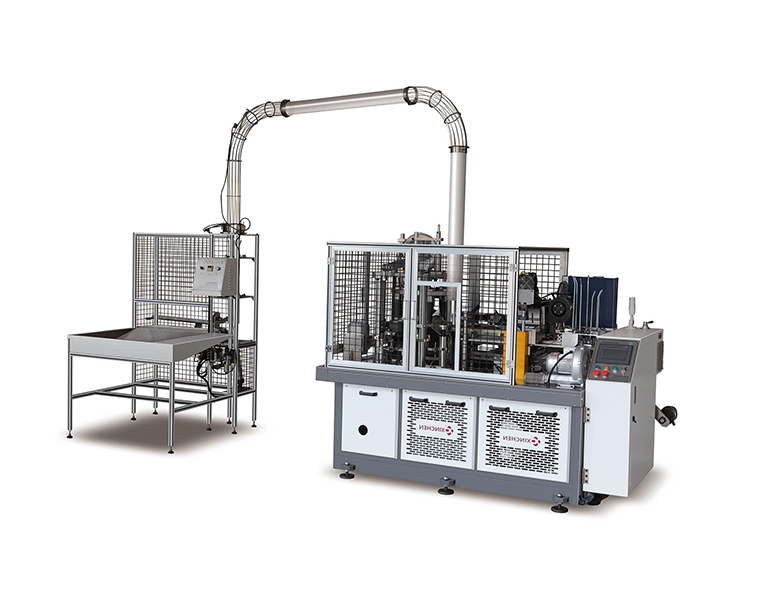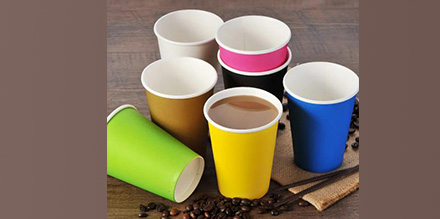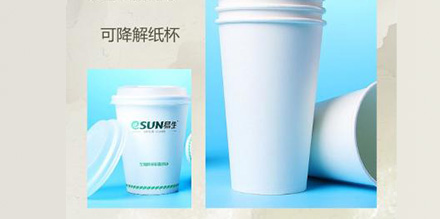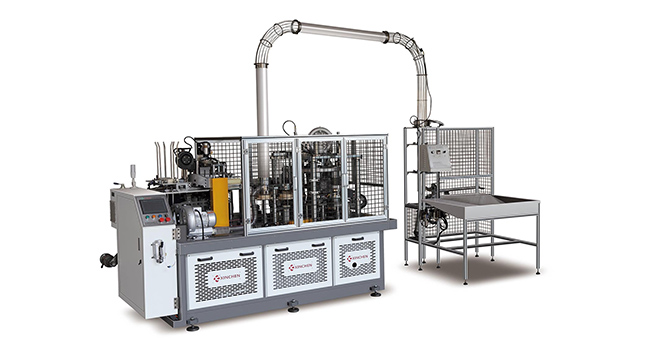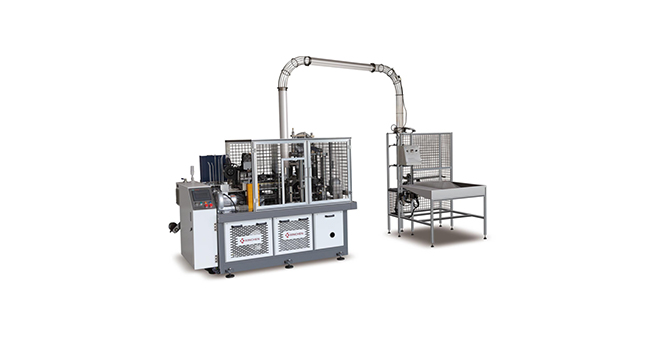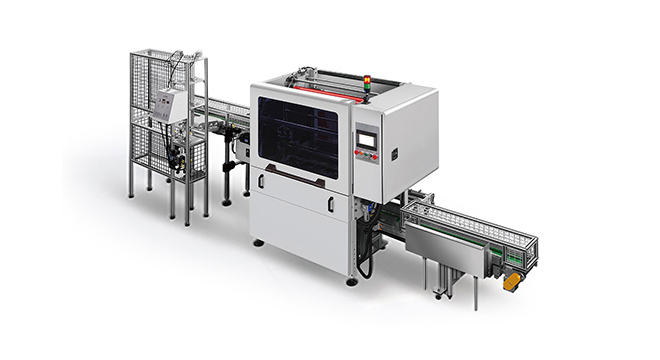In baking and beverage making, the question "how many ounces in a cup" is a common one. The answer to this question varies by region and standard, especially when it comes to paper cup capacity. The standard cup in the United States is usually 8 fluid ounces (about 240 ml), while other regions may be different. This article will briefly introduce the capacity of paper cups under different standards and their practical applications.
1. Standard Capacity: US Ounces vs. Metric Ounces
US Fluid Ounce:
In the United States, the amount of liquid is usually expressed in "ounces" (fluid ounces). 1 cup is equal to 8 fluid ounces (fl oz). Therefore, if you get a standard US paper cup, it usually has a capacity of 8 fluid ounces, or 240 ml.
Imperial Ounce:
In countries such as the United Kingdom that use the metric system, the word "ounce" usually refers to a unit of weight rather than a unit of volume. If you use the metric system to measure liquids, the capacity of 1 cup will be slightly different. According to different standards, 1 cup is equal to 10 imperial fluid ounces (about 284 ml). Therefore, the capacity of paper cups may also vary from region to region.
2. Common capacity of paper cups
The capacity of paper cups is usually marked on the cup, or there are certain industry standards. Here are some common paper cup capacities:
* Small paper cups: Generally, the capacity is 4 to 6 fluid ounces (about 120 to 180 ml), usually used for espresso, tasting samples or children's drinks.
* Standard paper cups: The capacity is usually 8 fluid ounces (about 240 ml), which is usually the standard cup size for our daily drinks (such as coffee, juice, etc.).
* Large paper cups: The capacity is usually 12 fluid ounces (about 350 ml), which is usually used for takeaway drinks or fast drink stalls (such as food trucks, coffee shops, etc.).
Extra large paper cups: The capacity may be up to 16 fluid ounces (about 475 ml) or more, commonly found in some coffee chains or takeaway restaurants, used to hold more drinks.
3. Paper cup capacity and actual usage scenarios
Although we often hear "1 cup = 8 ounces", in different beverage cultures, the capacity of paper cups may sometimes vary according to demand. For example, fast food restaurants or cafes may provide paper cups of different capacities to meet customer needs. Some brands of paper cups may be slightly larger to accommodate more ice cubes or larger beverages.
If you are making homemade drinks or doing catering services, be aware that the marked capacity of paper cups is theoretical capacity, and actual use may vary depending on the shape of the cup mouth and the way the liquid is poured.
4. Conversion between paper cup capacity and liquid volume
For those situations where more precise measurements are required in baking, cooking or food recipes, it is sometimes necessary to convert ounces to other units (such as milliliters). Here are some common conversions:
1 fluid ounce ≈ 29.5735 ml
1 cup (US) = 8 fluid ounces ≈ 240 ml
1 cup (UK) = 10 fluid ounces ≈ 284 ml
5. The function of paper cup machine
The paper cup machine is a device used for the automatic production of paper cups, which is widely used in the beverage packaging industry. Its main function is to cut, shape, print, fold the roll paper through multiple process steps, and finally produce a paper cup with standard capacity. The workflow of the paper cup machine includes the following main steps:
Paper feeding and cutting: The paper cup machine first takes the paper from the paper roll and cuts it into the appropriate size for the subsequent forming process.
Cup body forming: The cut paper is rolled into the cup body shape through heat pressing and mechanical operation inside the paper cup machine, and the edges are folded or glued.
Bottom forming and heating: The bottom of the paper cup will be formed by pressing and the bonding will be fixed by heating to ensure that the cup is strong and leak-proof.
Printing and decoration: Some paper cup machines also include printing functions, which can print patterns, trademarks or other information on paper cups.
Quality inspection and packaging: After production, the paper cups are inspected to ensure that they meet the capacity and quality requirements, and finally packaged through an automated packaging system.
Modern paper cup machines are capable of producing a wide range of cup sizes, from small 4-ounce cups to standard 8-ounce, 12-ounce and even 16-ounce cups. The efficiency and precision of the machines ensure that the capacity and quality of each cup is consistent during large-scale production.
Understanding the working principle of paper cup machines is very important for choosing the right production equipment, especially when the capacity of paper cups needs to be adjusted according to different needs during the production process to meet the requirements of different markets or customers.
6. Summary
The relationship between the capacity of a paper cup and ounces depends on the standard used. Generally, in the United States, the capacity of a standard paper cup is 8 fluid ounces (about 240 ml), but in other regions or certain occasions, the capacity of a paper cup may be different. Understanding the relationship between ounces and cups can help you choose the right paper cup size for your needs, especially in beverage, food delivery, baking and other scenarios, where accurate capacity is critical to improving efficiency and customer satisfaction.

 Dec 30,2024
Dec 30,2024